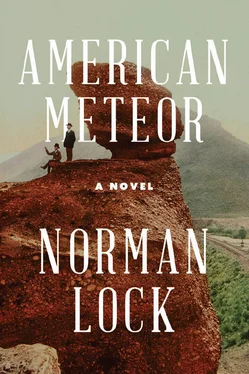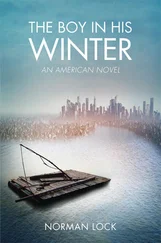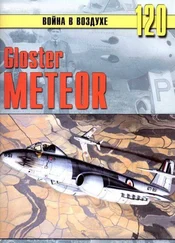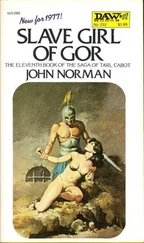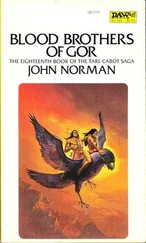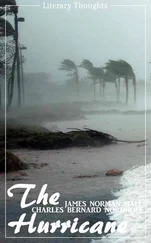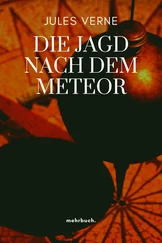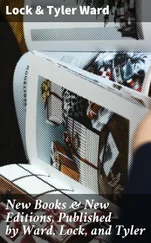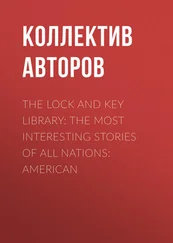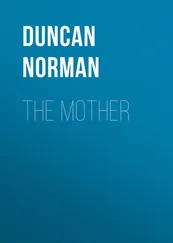I got up onto the mule and nudged its flanks. It didn’t budge. I kicked at the recalcitrant animal, and it started forward, its back hooves clattering nervously against fieldstone. The wind pushed a lumbering cloud across the face of the sun, and the bones, which an instant before had been slashes of fierce light, darkened. The mule shied, whinnied, and heehawed. I whipped it, with an anger I didn’t understand. I suppose what provoked me and agitated the poor beast was fear. The soughing of the tall grass couldn’t be heard for the flies, as loud and insolent as they’d been four years earlier in the Armory Square Hospital’s bedpans. I held down my rising gorge, unwilling to let the older man see me unnerved.
Maybe he sensed my discomfiture, because he stood up and walked the thirty yards or so separating us. He stroked the mule’s quivering flank and murmured to quiet it. I was grateful for the smell of his tobacco smoke and for the noise of the embers when he drew on the pipe. The mule calmed under his hand.
“Told you it was a sight,” he said.
The steppe was crowded with the remains of bison— grass growing up through bones that, except for scant rags of flesh, had been picked clean and bleached.
“I never counted, but I’d guess maybe four, five hundred animals laying here. Or what used to be.”
The troops sent to the Great Plains were killing buffalo in order to starve the Indians, forcing them onto reservations and away from the goldfields, settlements, and emigrant trails. It was “scorched-earth” William Tecumseh Sherman’s policy and Grant’s, too. The commander of Fort Dodge, where pretty-boy Custer was stationed, liked to tell the newspapers, “Every dead buffalo is one Indian gone.” The government was hell-bent on exterminating both.
“I’d rather they was Indian bones any day than buffalo,” Osler said, his long yellow teeth clenched on his pipe stem.
In those days, I would have agreed.
I felt bewildered and sick. At that moment, I hated the Union and its army and wished Sherman, Grant, Custer, and the whole infernal gang dead. But in my own bones, I knew it wouldn’t change anything. If Davis and Lee had been victorious and the Indian Wars were being waged by men in gray, these same buffalo bones would be lying in the grass, the wind singing lamentations through the harps of their rib cages — their hides sent east on the new railroad and bought by the tanneries with Confederate money to make lap robes and mufflers. That’s what people are like.
Osler spit what we called an “oyster” back in Brooklyn and asked, “Aren’t you going to take a picture?”
I was transfixed by the maze of carcasses undressed of flesh by varmints, carrion birds, and industrious insects, their bones scrubbed clean by rain, the light of the harsh sun, and time. I could not take my eye off the wreckage, as though a thread of pity joined me to it.
“Seems a shame after coming all this way.”
Shame. That’s what this was, and shame was what I felt. Like a man who stumbles on a corpse, or like anyone who discovers a secret that makes him want to retch, to weep, to stab the sight from his eyes, to do like the ancients and tear out his hair and cover himself with dirt. For here on the desolate plain, the secret nature of our kind had been made visible in a latticework of bones. I think our shame will save us, if anything can.
I set up the tent and camera, coated a plate, and stuck my head behind the drape. But the subject matter was too big— the enormity of it — even for an eight-by-ten-inch plate. I’d need a view camera like the one used by Robert Vance to photograph the mines and prospectors of the California goldfields. No, not even that big negative could begin to capture what I saw — what I felt when looking at so much death. That was it: No camera could contain my feelings for the subject. The pity of it. By now, you know I was not easily moved. I had seen death parceled out wholesale during the war and retailed on the cobbled streets of lower Manhattan, and I’d never flinched. I was accustomed to heaps and piles of dead men. I’d grown a callus over the tender conscience given us at birth. Maybe I was becoming womanish in my feelings. I’d need to be careful, or the bad men of the West would devour me, would pick my bones clean.
“I shot a man once for beating his dog with a shovel,” said Osler unapologetically while I pretended to read the light that glared on the bones like caustic soda.
So here, too, was someone who could be moved. A man with a modicum of respect for life — if not for a human’s, then a dumb beast’s. George Osler and I might have been low down on the ladder when it came to sentiment, leastways compared to Sunday school teachers, but we were a rung or two above the gunfighters, bushwhackers, claim jumpers, thieves, and cutthroats that crawled over the West like dung beetles on a steaming pile of shit.
“I can’t stand to see an animal mistreated,” Osler said.
In their youth, George and his brother, Frank, had a small dairy out in the country, north of Philadelphia. They’d kept a dozen milk cows and a horse to make deliveries. George talked about his family and his cows and how much he liked the life he’d had then. When I asked him why he’d left it to come west, he shrugged. I’d seen that shrug before, given in reply to the same question. Men would say, “To get a piece of land,” “To get rich,” “To get away from my wife and family,” “To get the bit out from between my teeth,” “To get closer to God,” “To get out of His sight.” Or they would say nothing, looking you fiercely in the eye or at thin air or the dirt at their feet. I suppose the best answer — meaning the most truthful — was the one I finally gave Jackson for wanting to take pictures: “I don’t exactly know.”
That day, I made two plates; the first a lengthy exposure. I wanted to capture the light on the bones, but not so that they were flooded by it. I was after that peculiar radiance Jackson called the “fat light.” The second plate, I exposed twice as long to give the weakened rays of the cloud-dampened sun time to burn themselves onto the negative.
“We’ll sleep here tonight,” said Osler. “Too risky to travel the pass without a full moon.”
I nodded and decided not to pack up the camera just yet. I thought I’d leave the lens uncovered to see how the remains would photograph under a sliver of moon and the gravel of stars. Of course, it didn’t turn out: The wet plate dried during the exposure. Later, when I showed it to Jackson, expecting to be lambasted for my stupidity, he said he was pleased. He reminded me that life and pictures can happen by accident. He looked at the empty plate and declared it “beautiful.” I don’t believe in accidents — not anymore.
Osler took the mule and rode off toward the trees to gather wood. A June night can be cold a mile above sea level. We’d also need a fire to heat up our hash and coffee. Besides, I didn’t care for the idea of sleeping among so many dead creatures. I didn’t believe in what the eye couldn’t see and the hand couldn’t choke. Still, it’s easy to see ghosts when you sleep in a graveyard. I wanted a fire to ward them off.
“I saw something even worse in the Platte River Valley,” said Osler, arranging sticks of wood with the fastidiousness of a haberdasher. “A two-hundred-mile stretch of bones— bare and bleached like these here.” He shook his shaggy head in wonder, as anyone might who happened on a thing so unspeakable that it defied understanding. “A man can kill eighty buffalo in a day, if he puts his mind to it.”
In three years, white hunters and soldiers killed eight million American bison — not to eat, but for their hides, or for the pleasure they took in subjugating something remarkable, or for military strategy in the total war against native peoples, which were “fated to pass away” from the earth so that the Caucasian race could inherit it.
Читать дальше
